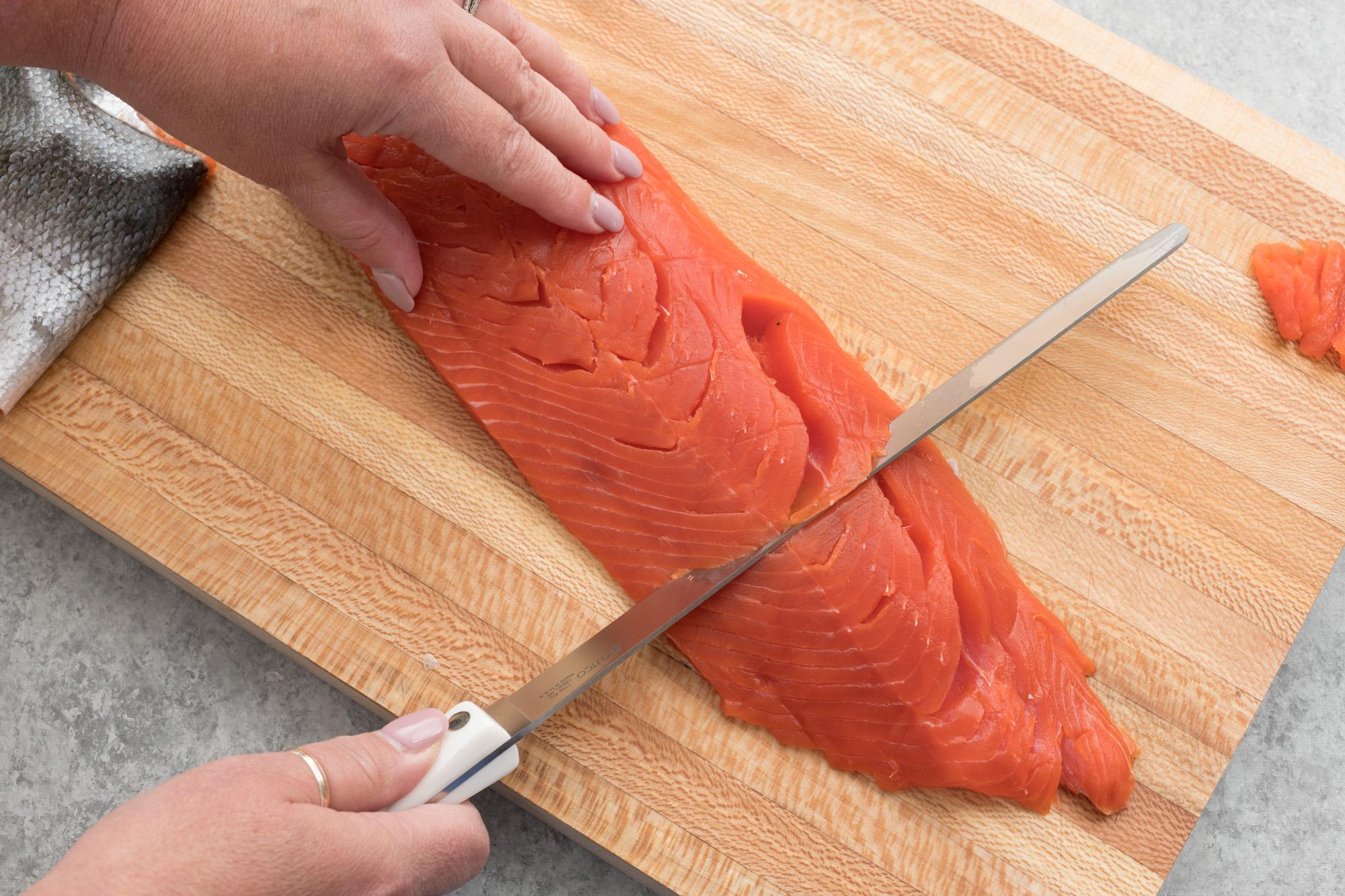How to Cut with a Santoku Knife: Exclusive Tips for BBQ Enthusiasts
Written By James Morgan
For barbecue enthusiasts, mastering knife skills is essential. Learning how to cut with a santoku knife can elevate your grilling game to new heights. This article provides exclusive insights into the remarkable, life-changing techniques for using this versatile blade. Whether preparing vegetables, meat, or fish, these tips will ensure you cut like a pro, enhancing your overall barbecue experience.

The Essentials of Cutting with a Santoku Knife
The Santoku knife, originating from Japan, is a versatile tool known for its precision and balance. Unlike traditional Western knives, the Santoku features a straight edge and a sheepsfoot blade, making it perfect for slicing, dicing, and chopping.
Why Choose a Santoku Knife?
The question of why choose a santoku knife often arises among barbecue enthusiasts. The answer lies in its design and functionality. The Santoku knife is lightweight, with a thinner blade that allows for finer, more precise cuts. This is particularly beneficial when preparing barbecue ingredients that require uniform slices, such as vegetables and thin cuts of meat.

Essential Techniques for Using a Santoku Knife
Learning the essential techniques for using a Santoku knife can be a game-changer for any barbecue enthusiast. The blade's unique design makes it suitable for various cutting styles, from slicing and dicing to mincing and chopping. Below are some crucial techniques to master:
The Rock-Chop Method
The Rock-Chop Method is a fundamental cutting technique that maximizes the Santoku knife's unique design. By using a rocking motion, you can achieve precise, consistent slices, making it ideal for vegetables and herbs. This method reduces the risk of damaging delicate ingredients, ensuring a clean, sharp cut every time.
The Draw-Cut Technique
The Draw-Cut Technique involves drawing the blade towards you in a smooth, controlled motion. This technique is particularly effective for slicing meat, fish, and other protein-rich ingredients. The thin, sharp blade of the Santoku knife ensures minimal resistance, resulting in cleaner cuts and better texture.

Preparation: Setting Up Your Cutting Station
Setting up your cutting station is a crucial step in ensuring a smooth and efficient cutting process. Here are some essential tips for preparing your station:
Choose the Right Cutting Board
Invest in a high-quality cutting board that complements the Santoku knife. Wooden or composite boards are ideal, as they provide a stable surface and minimize wear on the blade. Avoid using glass or ceramic boards, as they can damage the knife's edge.
Maintain Your Knife Edge
Keeping your Santoku knife sharp is essential for optimal performance. Regularly honing and sharpening the blade will ensure clean, precise cuts. Consider using a sharpening stone or a honing rod designed specifically for Japanese knives.

Cutting Techniques for Barbecue Ingredients
Mastering the cutting techniques for barbecue ingredients will significantly enhance your grilling experience. Here are some tips for preparing common barbecue items:
Vegetables
For vegetables like bell peppers, onions, and zucchinis, use the Rock-Chop Method for uniform slices. This technique ensures even cooking and presentation.
Meat
When cutting meat, use the Draw-Cut Technique to achieve thin, even slices. This method is especially useful for preparing slices of beef, chicken, or pork for skewers and kebabs.
Fish
For fish, the Santoku knife excels in making precise, clean cuts. Use the Draw-Cut Technique to slice through the delicate flesh without tearing, ensuring a perfect texture for grilling.
Conclusion
Mastering how to cut with a Santoku knife is a valuable skill for any barbecue enthusiast. By understanding the unique design and techniques, you can achieve precise, consistent cuts that will elevate your grilling game. Investing in a high-quality Santoku knife and maintaining its edge will ensure long-lasting performance, making it a worthwhile addition to your barbecue toolkit. Ready to enhance your barbecue skills? Check out these tips for cutting pizza or explore our guide on cleaning knives.
Frequently Asked Questions
What is the difference between a Santoku knife and a chef's knife?
The primary difference lies in the design. A Santoku knife has a flatter blade with a sheepsfoot tip, making it ideal for slicing and dicing. In contrast, a chef's knife features a curved edge suitable for rocking motions.
How often should I sharpen my Santoku knife?
Regular honing can maintain the edge, but it's advisable to sharpen the blade every 6-12 months, depending on usage.
Can I use a Santoku knife for all types of cutting?
While the Santoku knife is versatile, it's best suited for precise slicing, dicing, and chopping. For tougher cuts, consider using a heavier, more robust knife.
As an Amazon Associate, I earn from qualifying purchases.



